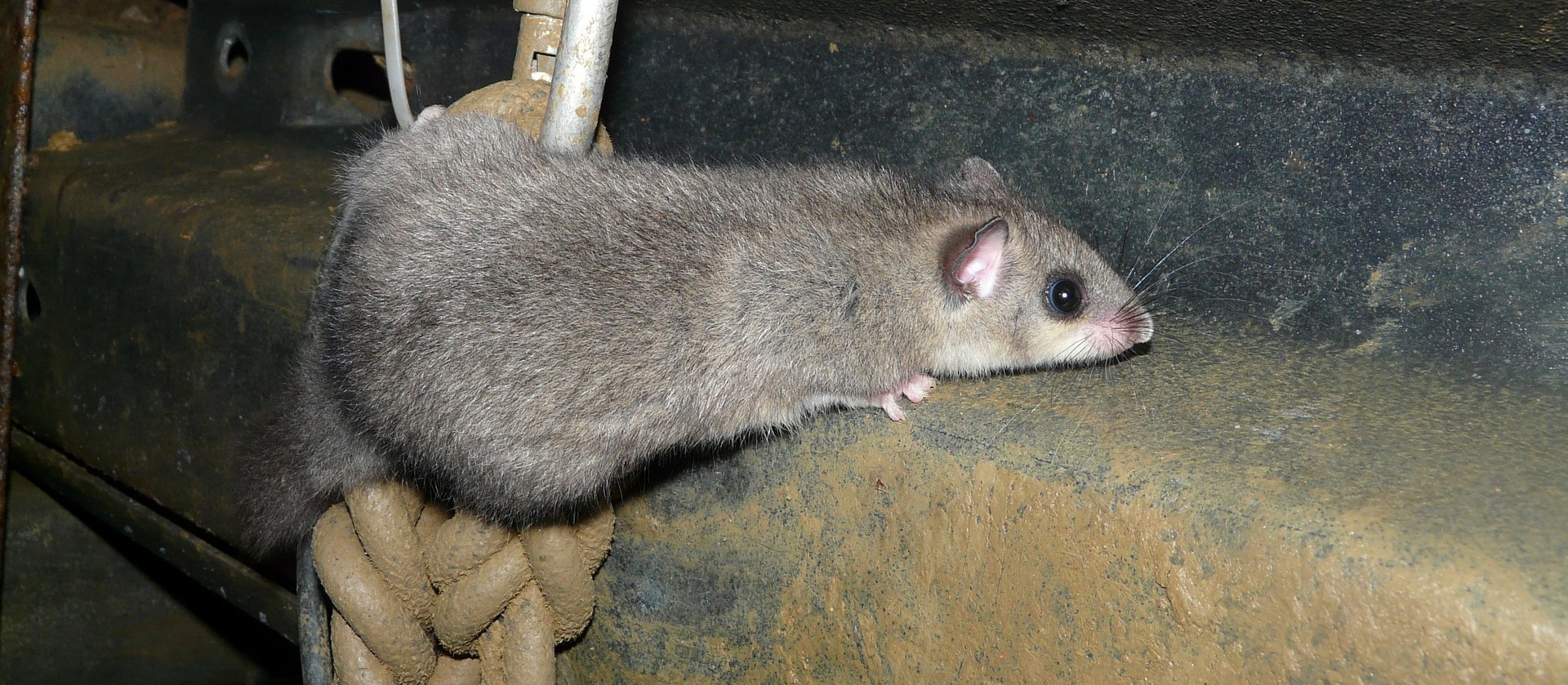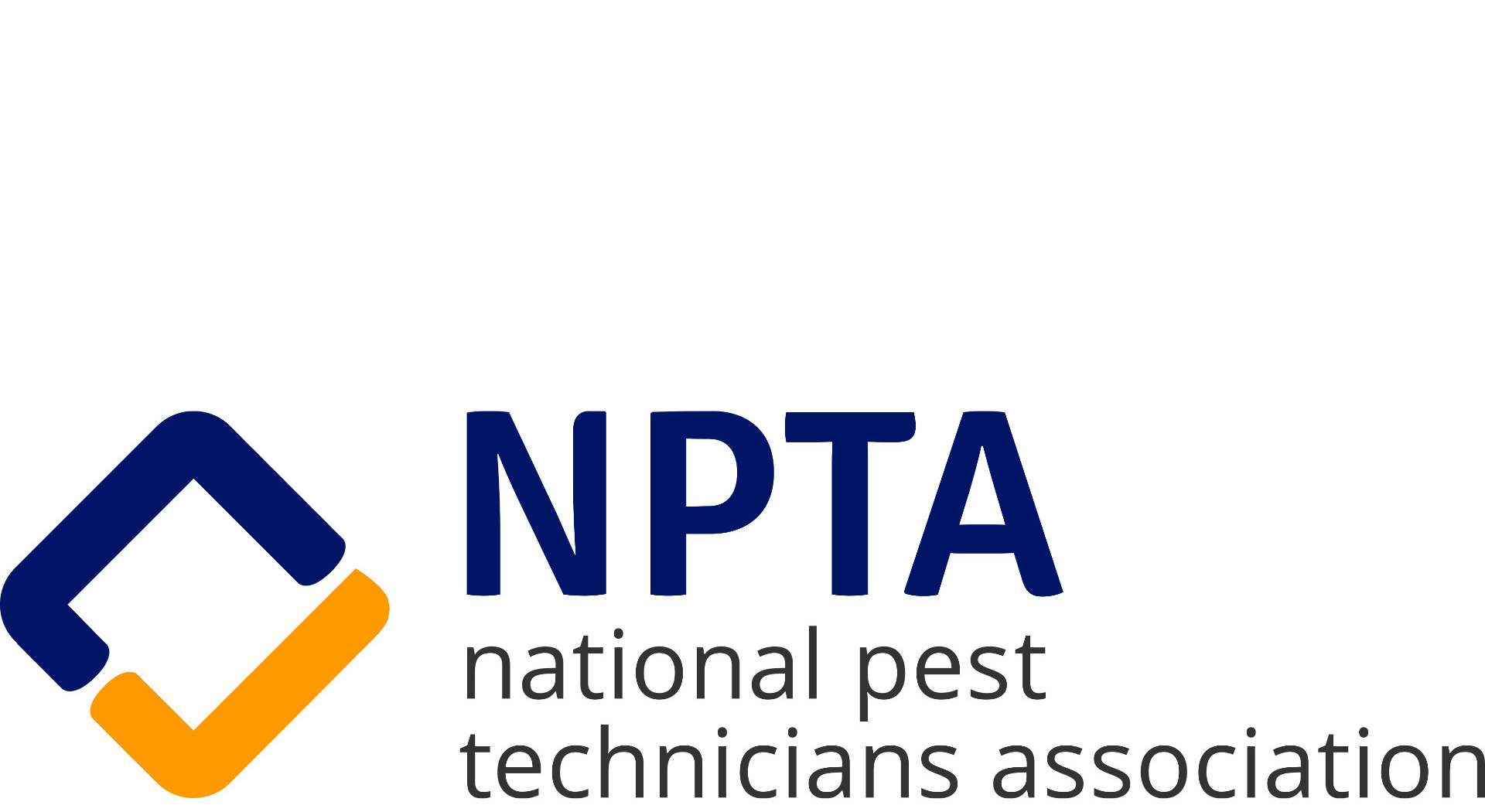What's in my loft?
Posted on 14th December 2023 at 11:47
What's in my loft?
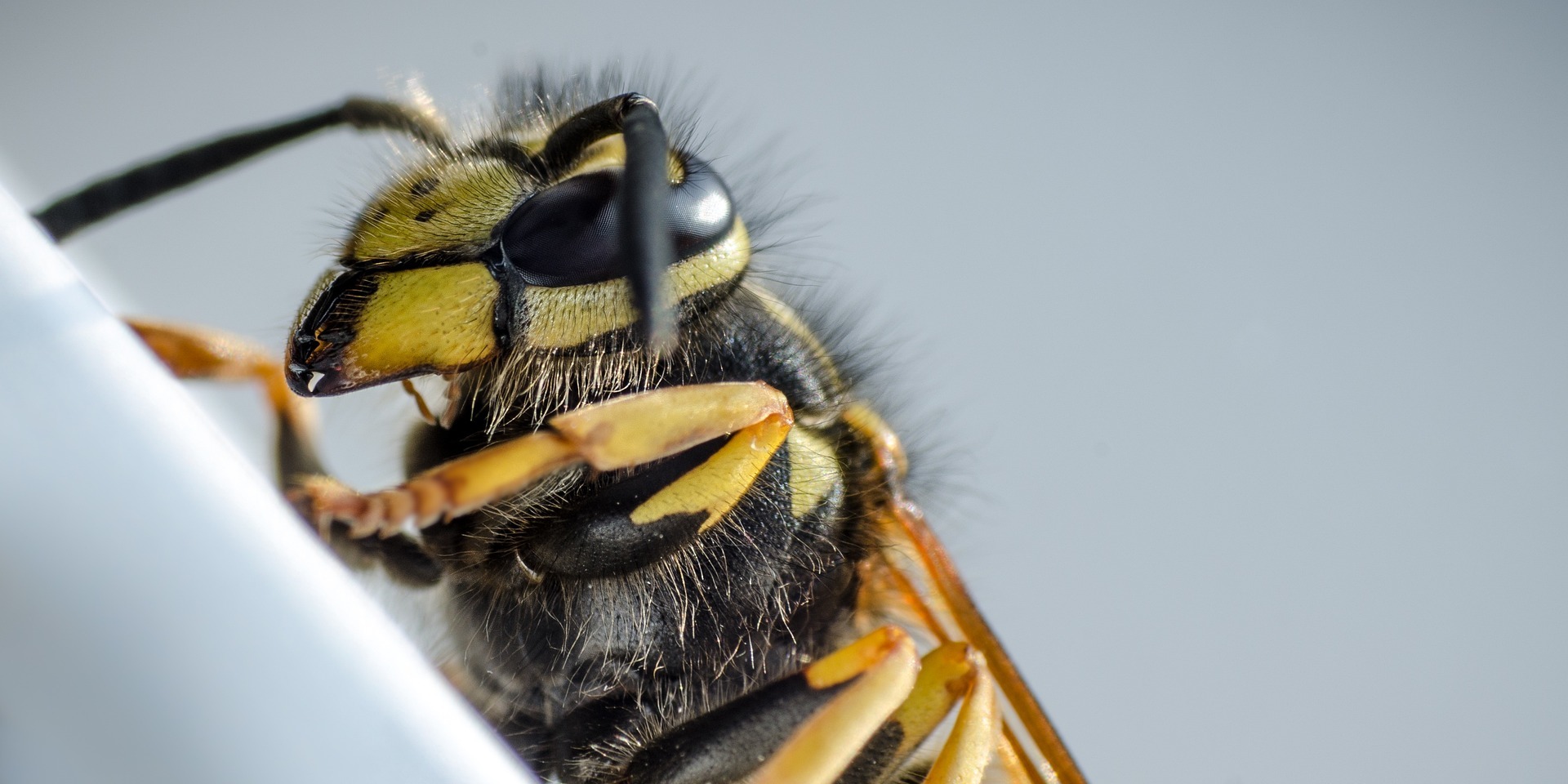
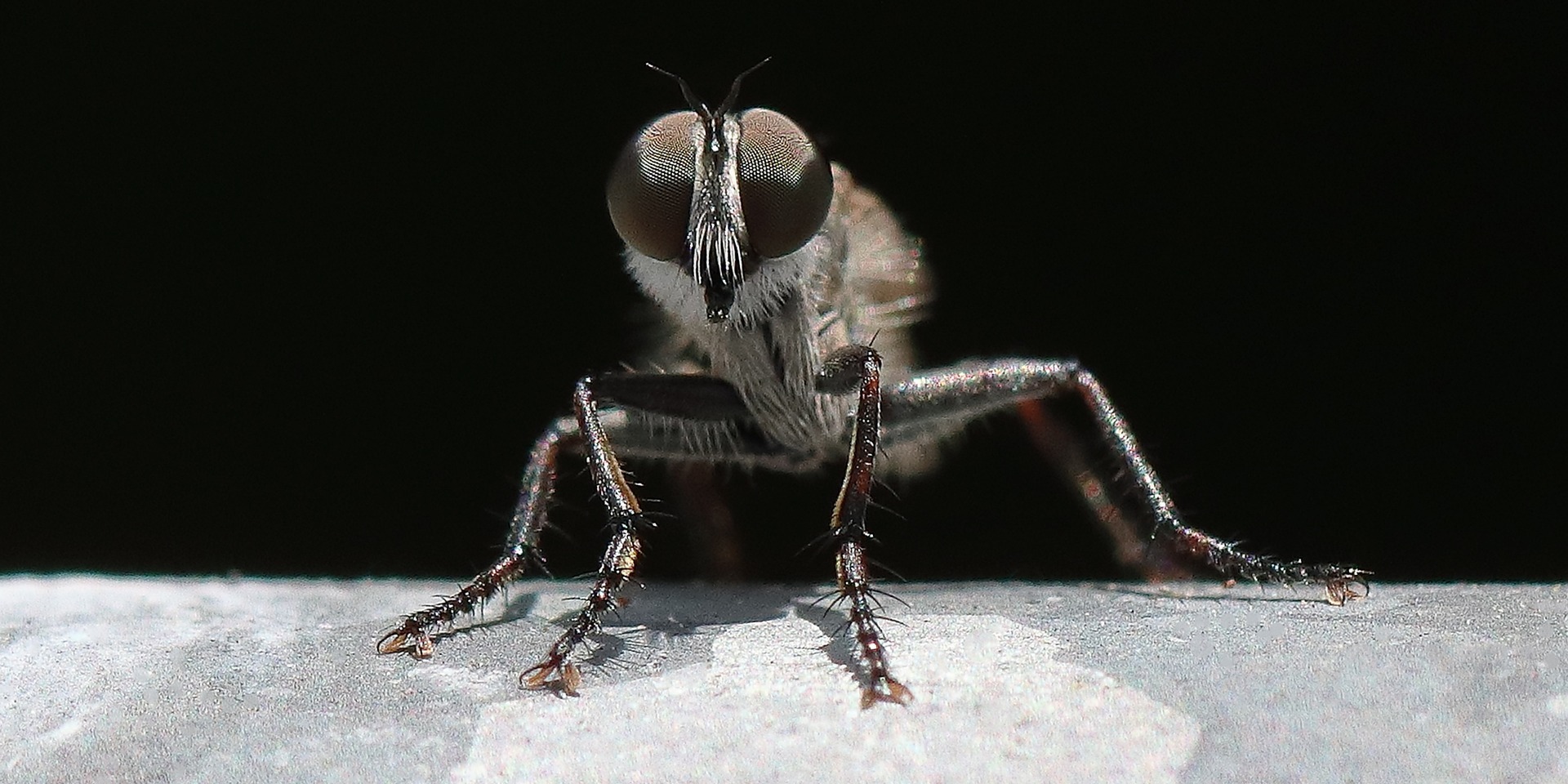
Flies, ladybirds, wasps and butterflies
How often do you venture up into the loft? If you’re like me it’s probably just a few times each year, usually to fetch down suitcases and of course at this time of year, the Christmas decorations need bringing down. You’re in the loft and the chances are that you’re not alone up there because many insects and some animals will take up residence up there for the winter period.
Because the inside of your loft is a dark and a relatively stable environment, what I mean by that is its dry and the temperatures rise and fall slowly, and this is exactly what insects need to live in when the outside weather is quite hostile. Insects don’t hibernate, that’s something only mammals do, instead they enter a period of inactivity called diapause.
Many different species of insects will go through this process and the most commonly found ones in lofts will be wasps, ladybirds, flies and some butterflies, they all want this stable environment to lie up in, conserve energy and wait for the warmer weather in the spring.
You often discover these insects if you’re rooting around the loft with the lights on, the sudden increase of light brings them out of diapause and they’ll start to fly about, this is certainly the case for flies and wasps as they can become very active. The wasps that may see aren’t like the wasps you’ll encounter in the summer; these are all Queen wasps as they are the only ones to survive and they’re not really that aggressive because there is no colony to defend. Insects coming out of a period of diapause are quite groggy and slow moving, if you do discover that you’re not along please don’t phone for a pest control company as there’s little we can do and in all honesty, you’re best off reaching out for a can of fly spray and giving them a blast yourself.
Now if you’re really unlucky, when you’re up there getting the Christmas decorations out you may find that you’ve got some other guests staying with you for the winter and unfortunately, these will be pests. You see it’s not just insects that come in out of the cold, you may have heard the occasional scuffle, squeak or scratch from up in the loft and dismissed it as the central heating or birds on the roof, but this is when many people discover animal droppings and damaged items that have been gnawed on.
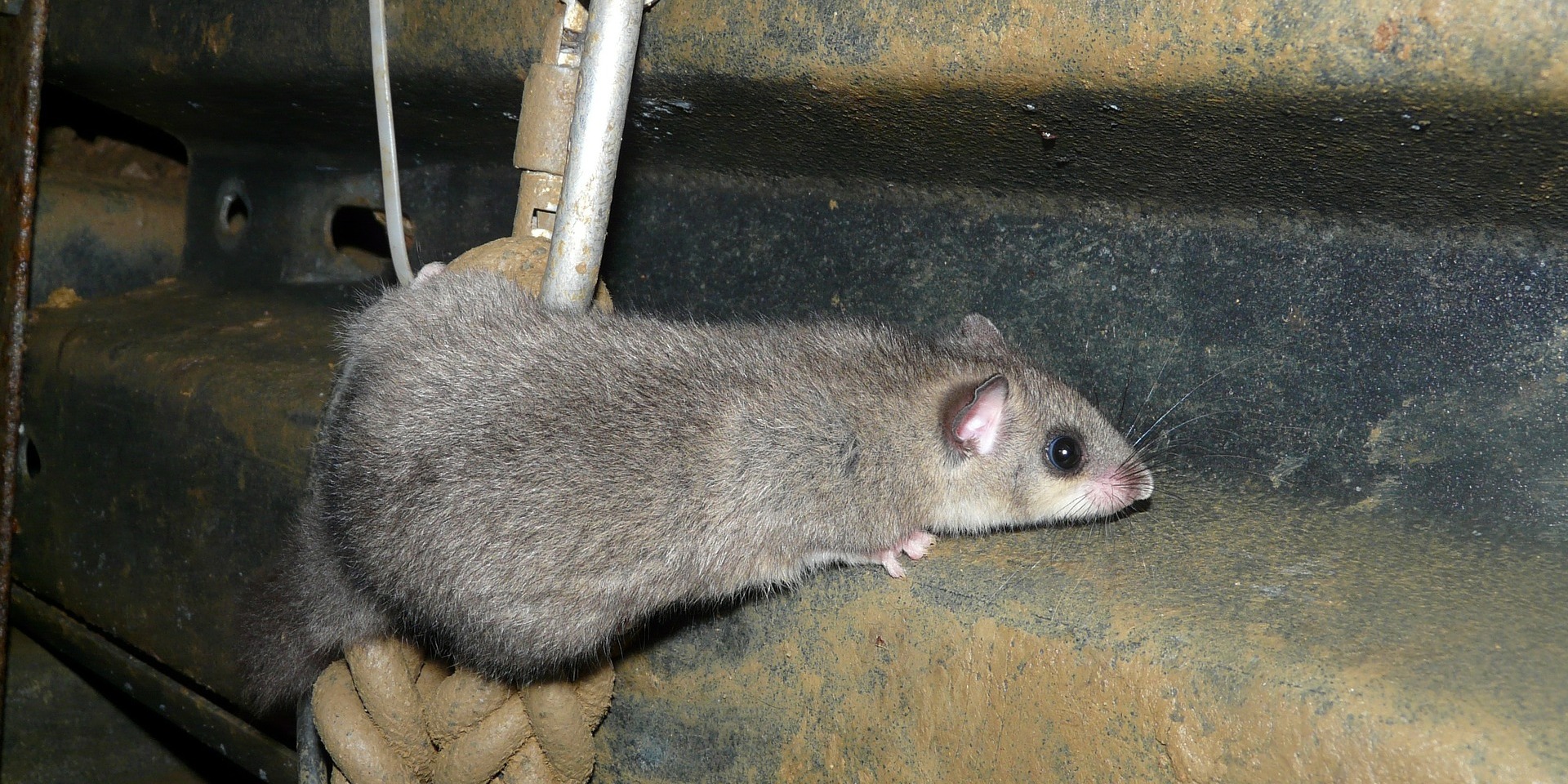
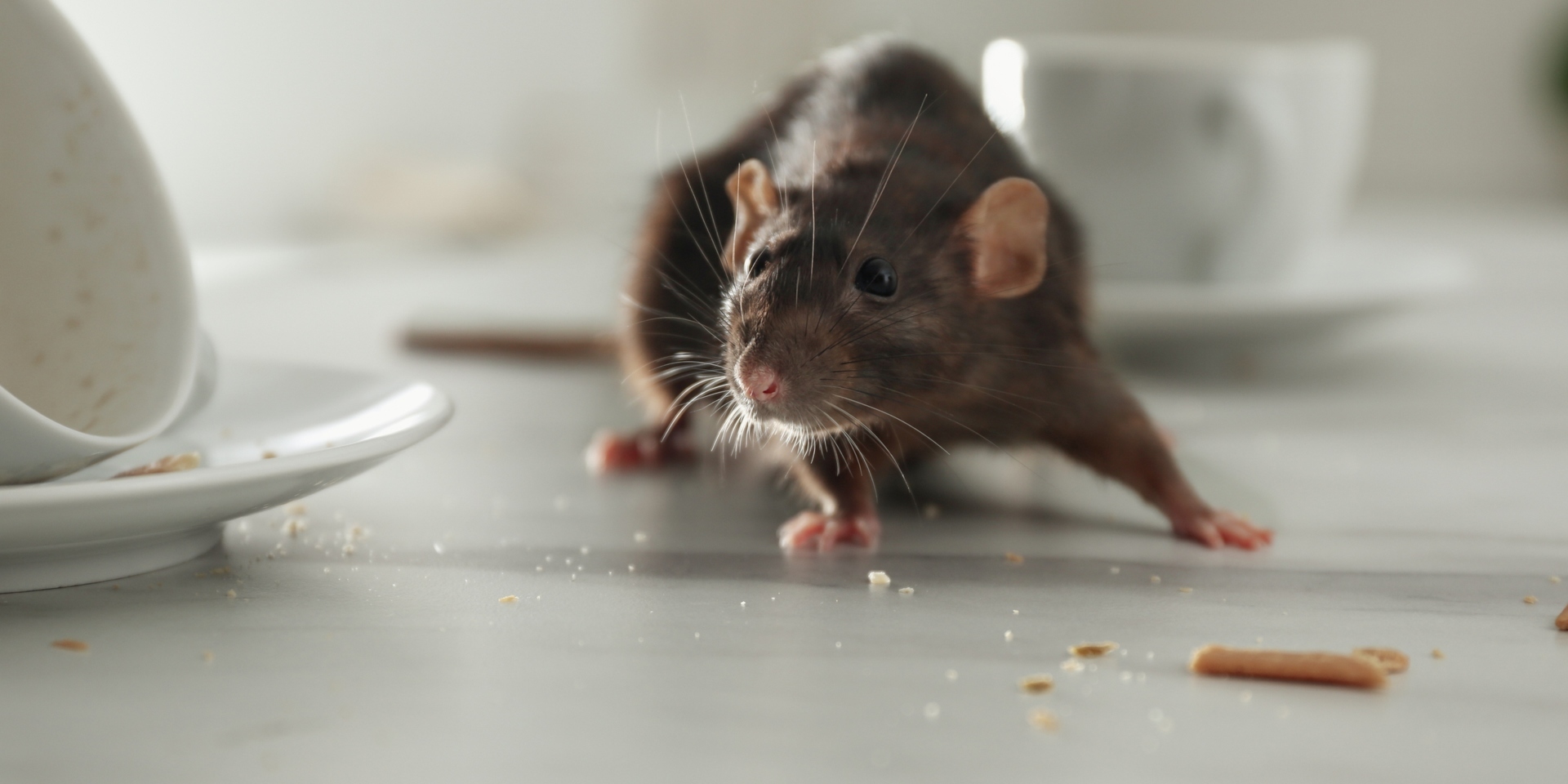
Glis glis, rats, mice and squirrels
Across this area we have four different pests that come into our lofts and homes during the winter and these are all rodents, we have mice which includes a wider group of shrews and voles, rats, squirrels and more rarely, the edible dormouse or glis glis to give it its Latin name.
Glis glis
We find the edible dormouse in Cookham and Cookham Deam, and as you may expect Burnham and Taplow, this is a rather strange looking animal, it look like a cross between a squirrel and a mouse, its got a large mouse head with great big black eyes on a squirrels body.
Glis gliswill be found where there are large stands of beech trees, so obviously Burnham Beeches is the local hot spot to get callouts for them. Because they live in deciduous woodland, they migrate along belts of tree’s which often follow rivers like the Thames, so we see them in Cookham, Pangbourne and Woodcote just north of Reading. However because they have a habit of hibernating inside lofts and any boxes stored up there they can be distributed around the country when moving home.
They are generally associated with beech trees because they feed on the beechnuts or mast as it’s called, and if you live near any beech trees you’ll know how much of this stuff each tree produces. However, they are still mice and like their less exotic cousins they’ll eat a range of other foodstuffs such as fruit, leaves, flowers, insects, and at times, bird eggs. Another mouse trait they have is that they will scavenge, so they’ll look for food that has been dropped or left in waste bins.
We are seeing movement of glis glis into more urban areas and because they are such able climbers, they can easily climb up brickwork and so lofts are easy access for them and as they truly hibernate, your loft makes a great place for dormice to spend the winter in.
You can trap and dispatch glis, but dealing with them is slightly different from other mice, for a start you need to obtain a license from Natural England to control them, and the reason for this is that they have a protected status. You must send off a return for numbers trapped and location to help the Government understand their population size and spread and there is no rodenticide approved for use on glis glis, they must be trapped with approved traps only.
The usual suspects - rats and mice
As you would expect these two are the usual suspects pf any noises, droppings and damage in the loft; rats and mice are prevalent at this time of year.
These two groups of pests are hugely problematic for people during the winter months because both species want to get out of the cold and wet will make their way up into the loft where insulation, any stored items and even rubbish like empty plastic bags can all be made into a warm cosy nest in which to spend the winter in.
Rats and mice are mammals and just like us they have to generate warmth and this takes energy, and again, just like us if you can find a place that’s cosy and warm then you’re going to be using much less energy to survive.
Rats, mice, squirrels and glis will all store food like nuts and seeds for eating later when other foodstuffs have been used up, they all store their food cache around where they nest and I often find piles of seeds, acorns and nuts in lofts. For the rats and mice, if they can get down from the loft using the inside of the cavity wall to get into the kitchen, they’ll take food from cupboards, waste bins and things like cat food from open topped bowls, even fruit will get nicked from the fruit bowl that could be in the lounge.
How do rats and mice get into the loft?
Since the 1920’s our houses have been built with an outer and separate inner wall: this is the cavity wall and nearly all houses in the UK have these voids which run from the foundations deep in the ground, up to the loft. It doesn’t matter whether or not there’s insulation inside the cavity as both of these pests are able to burrow through the material and because these pests are great climbers they can easily go and down at will.
As an added complication your house walls are pierced by building materials like air bricks, water pipes, electric cables and often below ground, electrical, gas, water and waste services. All of these can create a larger opening and even in some cases, redundant openings that mice and rats can use to get access to the cavity wall.
Squirrels
These are without doubt the largest and most destructive of all the rodent pests, don’t be fooled by them having a cute personality and the many video clips and tv programmes devoted to them, these rodents really are little devils when they get inside your loft. They will cause so much damage to this area, firstly they scrape all the loft insulation from the surface of the plasterboard and then stuff it into the void that forms the soffits and fascia’s.
The fibreglass insulation is shredded up and rolled into a huge ball which will be the home for the squirrel and given that their first breeding season is just around the corner, often it’s a female up there and she’ll have four little ones with her soon enough, and maybe another four in June?
Squirrels will also target any soft materials stored inside the loft and they will gnaw on exposed electrical cables causing power outages and on plastic water pipes, giving rise to the subsequent leaks, so more damage to ceilings and ultimately, an expensive repair bill. Having a squirrel living inside your loft is not a joke and there’s nothing cute about this situation.
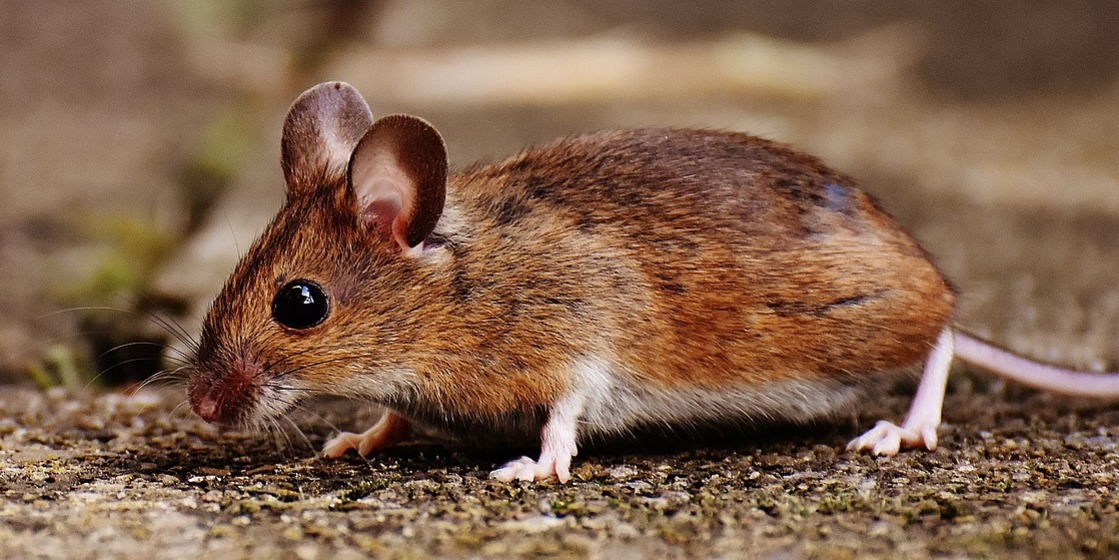
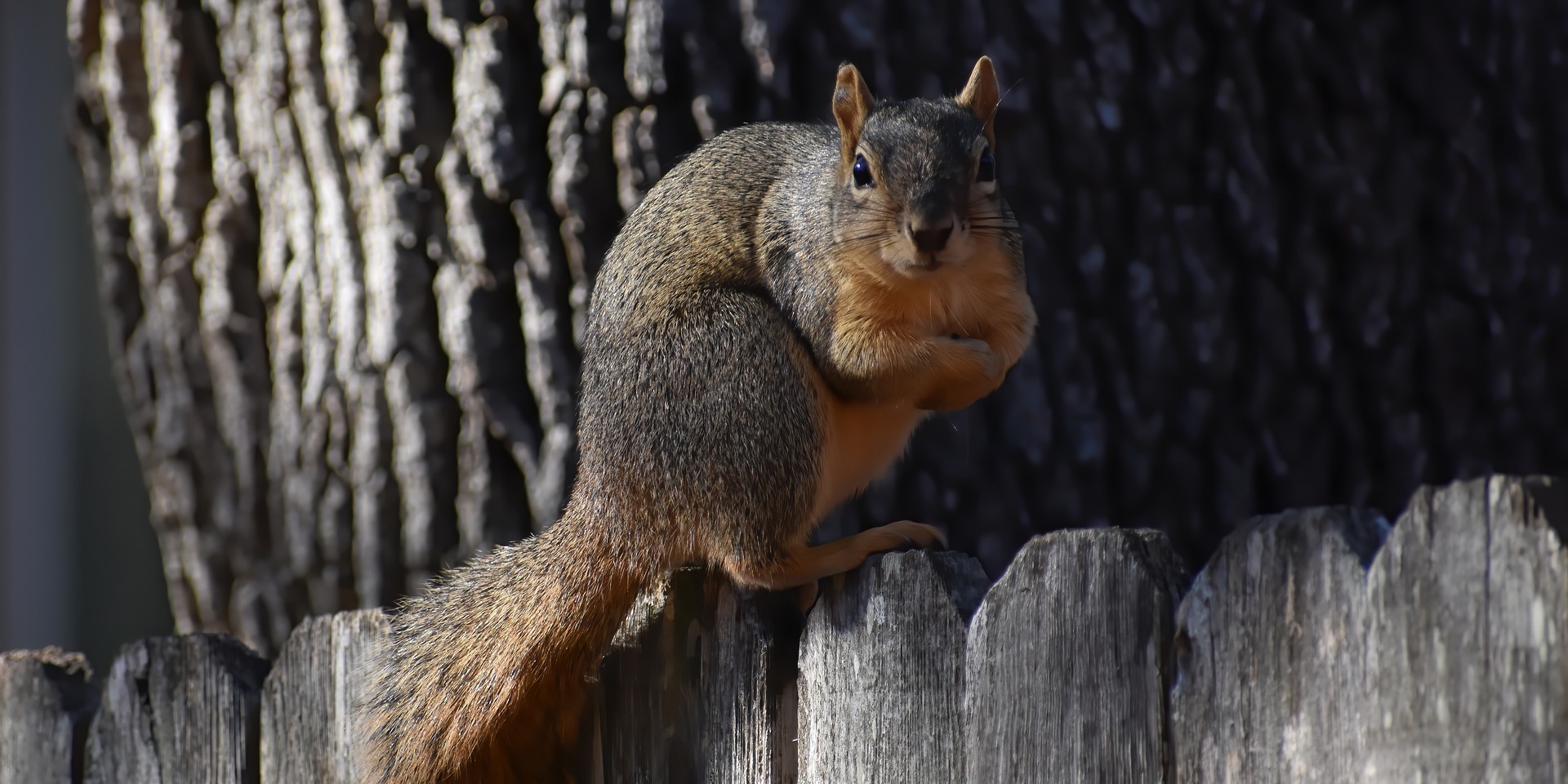
A lot of noise can be generated by all this scampering, gnawing, fighting or mating and at other times you may be completely unaware of having pests there, whatever or whoever you find living inside the loft, weigh up whether its worth a treatment or not? , Is it worth paying out to fog a loft with insecticide to kill a few insects that do little or no harm and will leave in the spring versus getting rid of some furry pests that may gnaw through your lighting circuits, leaving you with a blackout and possibly thousands of pounds in repair bills?
We'd like to thank all customers and wish them all a happy Christmas and the very best for 2024

Share this post:





